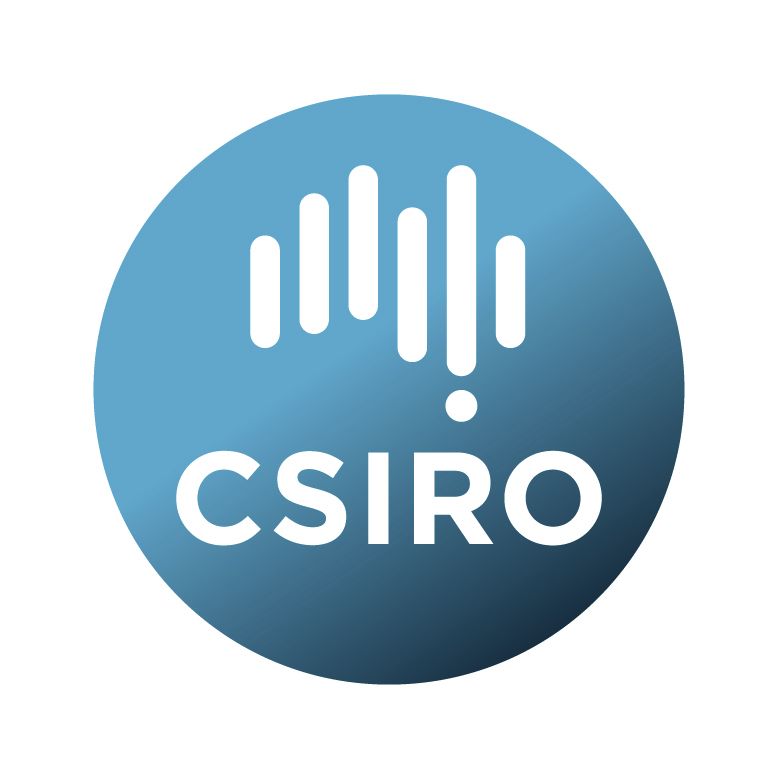Brief description
This is Version 1 of the Australian Soil Cation Exchange Capacity product of the Soil and Landscape Grid of Australia.The map gives a modelled estimate of the spatial distribution of cation exchange capacity in soils across Australia.
The Soil and Landscape Grid of Australia has produced a range of digital soil attribute products. Each product contains six digital soil attribute maps, and their upper and lower confidence limits, representing the soil attribute at six depths: 0-5cm, 5-15cm, 15-30cm, 30-60cm, 60-100cm and 100-200cm. These depths are consistent with the specifications of the GlobalSoilMap.net project (https://esoil.io/TERNLandscapes/Public/Pages/SLGA/Resources/GlobalSoilMap_specifications_december_2015_2.pdf). The digital soil attribute maps are in raster format at a resolution of 3 arc sec (~90 x 90 m pixels).
Detailed information about the Soil and Landscape Grid of Australia can be found at - https://esoil.io/TERNLandscapes/Public/Pages/SLGA/index.html
Attribute Definition: Cation Exchange Capacity
Units: meq/100g;
Period (temporal coverage; approximately): 1970-2022;
Spatial resolution: 3 arc seconds (approx 90m);
Total number of gridded maps for this attribute: 18;
Number of pixels with coverage per layer: 2007M (49200 * 40800);
Data license : Creative Commons Attribution 4.0 (CC BY);
Target data standard: GlobalSoilMap specifications;
Format: Cloud Optimised GeoTIFF;
Lineage: Version 1 Soil and landscape Grid of Australia (Grundy et al. 2015), produced digital mapping of Effective Cation Exchange Capacity (ECEC) which is defined as the total amount of exchangeable bases which are mostly sodium, potassium, calcium and magnesium (collectively termed as bases) in non-acidic soils and bases plus aluminium and hydrogen in acidic soils.
This product, Soil and Landscape Grid National Soil Attribute Maps - Cation Exchange Capacity, described here entails the use of those data pertaining to those data with CEC measurement.
This dataset is made of soil measurements using the following methods as described in Rayment and Lyons (2010): method not recorded (1096), 15A1 (161), 15A2 (365), 15B1 (553), 15B2 (34), 15C1 (3229), 15D1 (265), 15E1 (28), 15K1 (376). The distribution of these sites, colour-coded by each method is shown on Figure 1.
To complement the CEC measurement data, we used data cases (12474) where there is a measured CEC together with soil texture and soil organic carbon co-located measurements. A machine learning pedotransfer function model with these data, together with spatial covariates was used to extend the geographic spread and density of CEC data in order to potentially improve digital soil mapping efforts.
Extensive data processing was involved post data extraction from the SoilDataFederator
Spatial modelling is underpinned by the Cubist (Quinlan 1993) machine learning algorithm.
The spatial modelling integrates both measurement CEC data and CEC data derived by pedotransfer function. The derived CEC have an associated uncertainty and this is incorporated into the spatial model via a simple monte-carlo approach.
The spatial model included a soil depth interval term in order to exploit covariance relationships of soil information within a soil profile. Thus modelling is considered a full soil profile predictive modelling framework.
Prediction uncertainties in this work were done using an approach based on local-errors and clustering (UNEEC) method developed by Shrestha and Solomatine (2006).
Soil maps of predictions and associated uncertainties (expressed as lower and upper prediction limits for 90% confidence) were generated for the following depth intervals: 0-5cm, 5-15cm, 15-30cm, 30-60cm, 60-100cm, 100-200cm.
All processing for the generation of these products was undertaken using the R programming language. R Core Team (2020). R: A language and environment for statistical computing. R Foundation for Statistical Computing, Vienna, Austria. URL https://www.R-project.org/.
Code - https://github.com/AusSoilsDSM/SLGA
Observation data - https://esoil.io/TERNLandscapes/Public/Pages/SoilDataFederator/SoilDataFederator.html
Covariate rasters - https://esoil.io/TERNLandscapes/Public/Pages/COGs
Available: 2024-08-28
Data time period: to 2022-07-27
Subjects
3-dimensional soil mapping |
Attribute |
Available |
CEC |
Cation |
Cation Exchange Capacity |
Continental |
DSM |
Digital Soil Mapping |
Environmental Sciences |
Global Soil Map |
Raster |
SLGA |
Soil |
Soil Maps |
Soil Sciences |
Soil Sciences Not Elsewhere Classified |
Spatial modelling |
Spatial uncertainty |
TERN |
TERN_Soils |
TERN_Soils_DSM |
User Contributed Tags
Login to tag this record with meaningful keywords to make it easier to discover
Identifiers
- DOI : 10.25919/PKVA-GF85

- Handle : 102.100.100/448263

- URL : data.csiro.au/collection/csiro:55865



